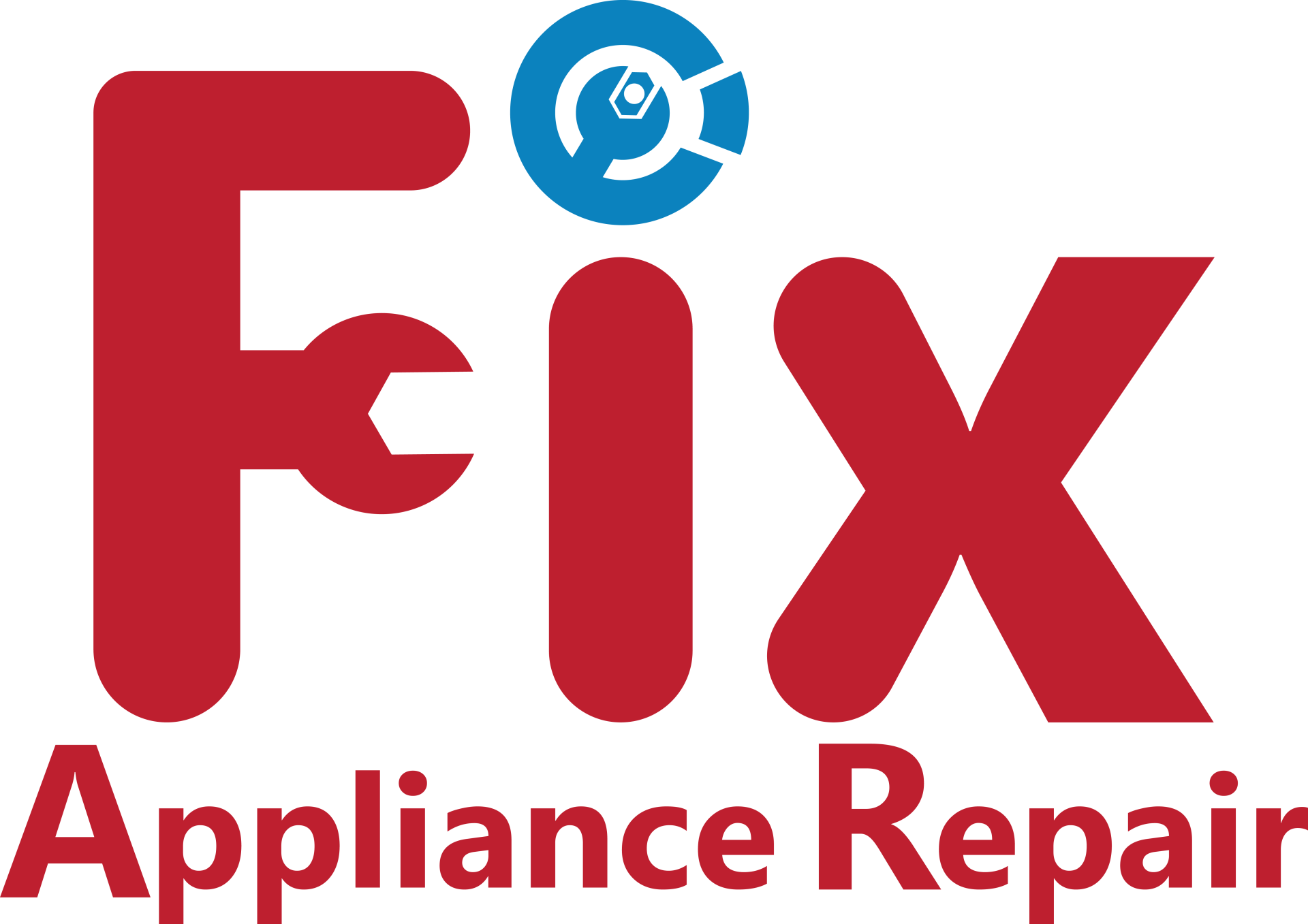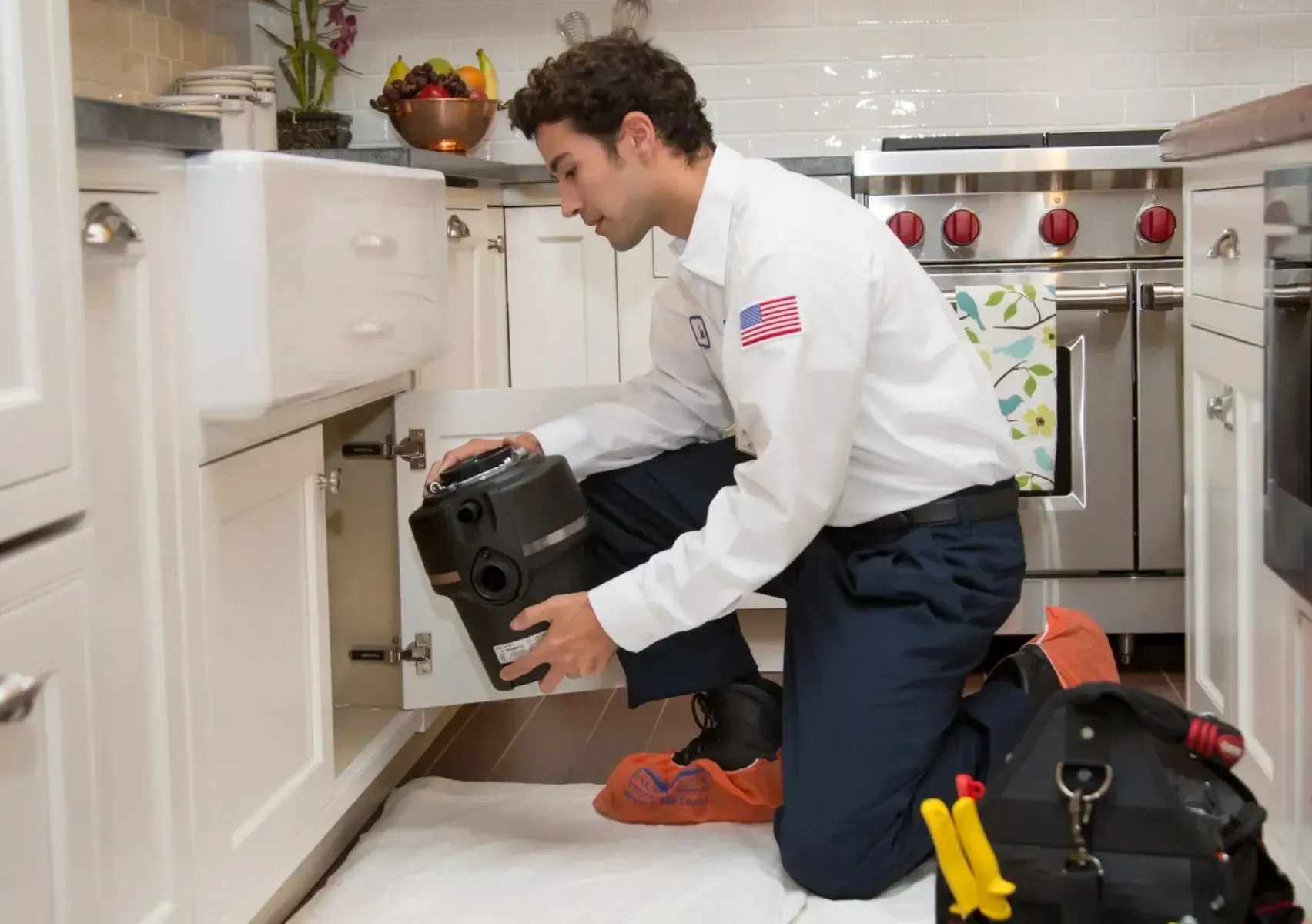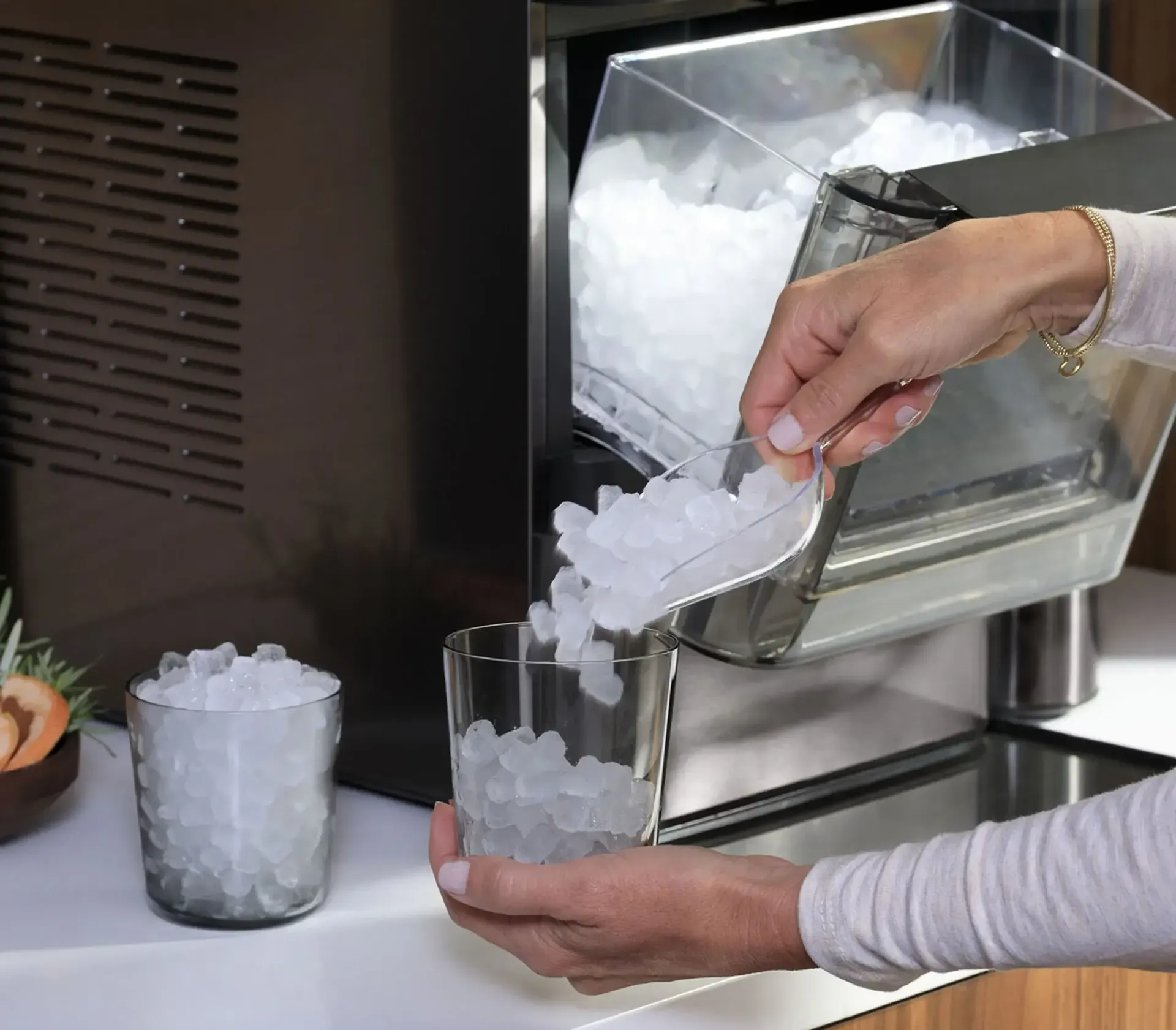Your dishwasher is a kitchen essential, saving you time and effort by handling the dirty work of cleaning dishes. However, when this trusty appliance encounters problems, it can disrupt your daily routine and lead to frustration. Luckily, many common dishwasher issues can be resolved with some DIY know-how and basic tools. In this comprehensive guide, we'll explore common dishwasher problems and provide expert tips and techniques to help you tackle them like a pro, saving you time and money on professional repairs.
Identifying Issues
Before diving into repair solutions, it's essential to recognize the signs of a malfunctioning dishwasher. Here are some common problems to watch out for:
- Inadequate Cleaning: If your dishes come out of the dishwasher still dirty or with residue, it may indicate issues with water pressure, spray arms, or clogged filters.
- Leaks: Puddles of water around the dishwasher suggest leaks, which can stem from damaged door gaskets, loose connections, or faulty pumps.
- Failure to Drain: A dishwasher that doesn't drain properly may have clogged drains, a malfunctioning drain pump, or a faulty drain hose.
- Noisy Operation: Unusual sounds during the wash cycle, such as grinding, rattling, or humming, may point to worn-out motor bearings, broken wash arm supports, or loose components.
DIY Repair Techniques
Now that you're familiar with common dishwasher issues, let's delve into some DIY repair techniques to address these problems effectively:
- Improving Cleaning Performance: Start by cleaning the dishwasher's spray arms, filters, and drain components to remove any debris or buildup that may be obstructing water flow. Check the water inlet valve for signs of clogging or damage and replace it if necessary. Additionally, ensure that the dishwasher is receiving an adequate supply of water and that the water temperature is optimal for cleaning.
- Fixing Leaks: Inspect the door gasket for tears, cracks, or signs of wear, replacing it if damaged. Tighten loose connections, such as hose clamps and water inlet valves, to prevent leaks. If the leak persists, check the dishwasher's tub and door for warping or damage, as these issues may require professional repair or replacement.
- Resolving Drainage Issues: Clear clogged drains by removing debris from the drain pump, filter, and drain hose. Test the drain pump for continuity using a multimeter and replace it if faulty. Ensure that the drain hose is properly installed and free of kinks or obstructions that may impede drainage.
- Silencing Noisy Dishwashers: Identify the source of the noise by inspecting the dishwasher's internal components, such as the motor, wash arm supports, and spray arms. Tighten loose screws and bolts, replace worn-out bearings or wash arm supports, and lubricate moving parts to reduce friction and noise.
Optimal Dishwasher Performance
Preventive maintenance is key to keeping your dishwasher running smoothly and avoiding costly repairs. Incorporate these maintenance practices into your routine to prolong the lifespan of your appliance:
- Clean the dishwasher's filter, spray arms, and interior regularly to remove food particles and debris.
- Use dishwasher-safe cleaning products and avoid abrasive cleaners that can damage the appliance's interior.
- Inspect and clean the door gasket periodically to prevent leaks and maintain a tight seal.
- Run a cleaning cycle with vinegar or a commercial dishwasher cleaner to remove mineral deposits and buildup.
- Schedule professional maintenance checks annually to identify and address any potential issues before they escalate.
Kitchen Workhorse:
Your dishwasher stands as an invaluable asset in the kitchen, streamlining the often tedious chore of dishwashing while affording you precious time for other pursuits. As with any appliance, it's susceptible to wear and tear, but armed with the insights gleaned from this guide, you're poised to confront common dishwasher malfunctions with confidence.
From addressing drainage issues to troubleshooting detergent dispensing problems, the DIY repair techniques and maintenance advice presented here offer practical solutions to keep your dishwasher operating smoothly. By incorporating regular upkeep practices such as cleaning the filter, inspecting spray arms for clogs, and ensuring proper loading techniques, you're not only preventing potential issues but also optimizing its performance.
However, amid your DIY endeavors, never overlook the importance of safety. Electrical appliances demand cautious handling, and if uncertainty arises during the repair process, it's prudent to enlist the expertise of professionals. Their guidance not only ensures your safety but also guarantees the effectiveness of the repair, sparing you from potential hazards and costly mistakes.
With each repair skill mastered and maintenance routine upheld, you're investing in the longevity of your dishwasher, ensuring it remains a reliable kitchen companion for years to come. So, as you embark on the journey of dishwasher care, remember that with a blend of diligence and expertise, you can navigate through issues seamlessly, reclaiming the joy of clean dishes without the hassle.



